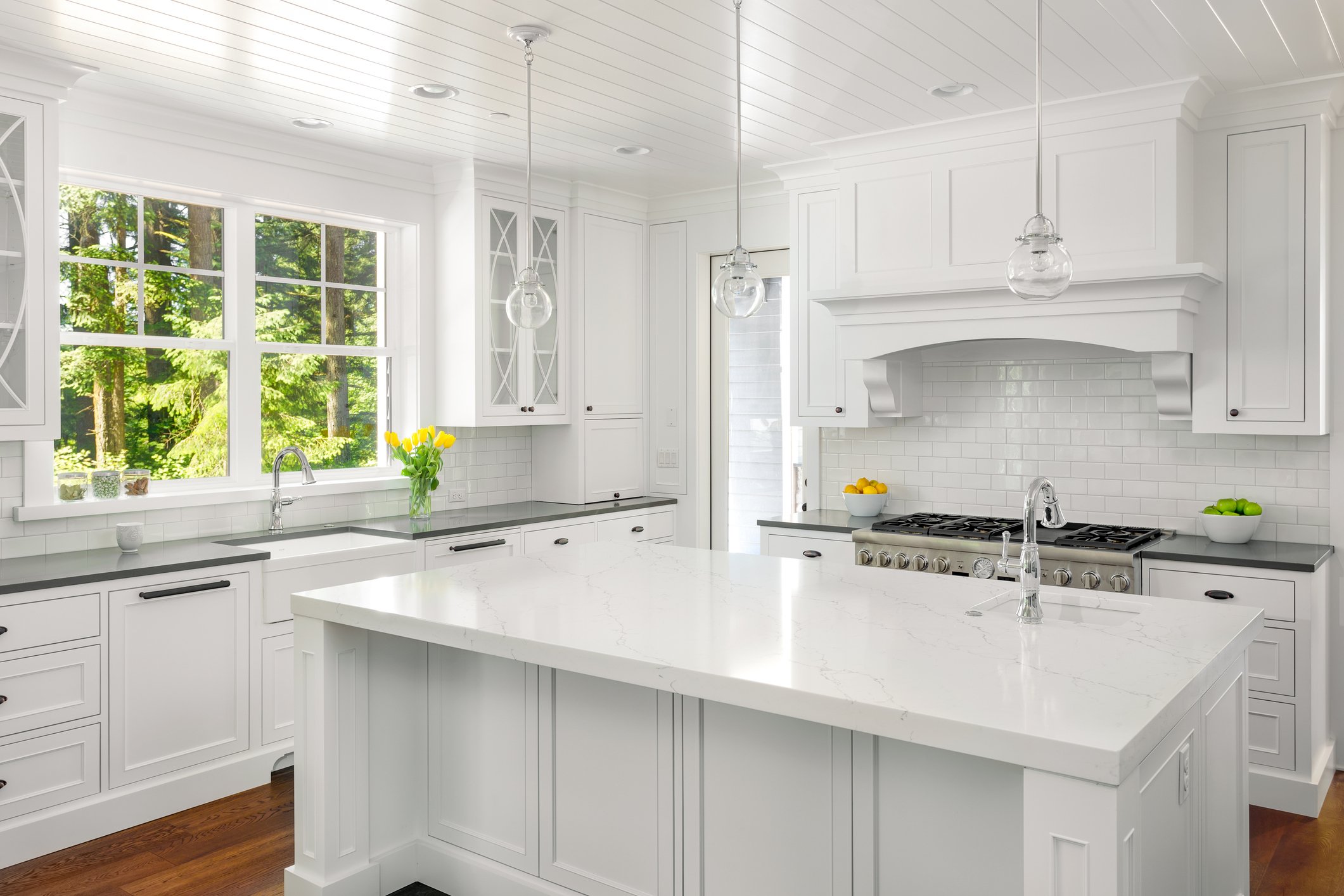Quartz surface manufacturer Caesarstone (CSTE +0.96%) has been struggling with weak sales growth and rising costs for over a year now, and so investors are eager to see signs of progress on these twin challenges. In its recently released fourth-quarter earnings results, the company noted a nice uptick in demand in the key U.S. market. However, expenses took another big bite out of profits. Caesarstone also issued a forecast for the coming year that reflects continued growth struggles.
More on that 2018 outlook in a moment. First, here's how the fourth-quarter results stacked up against the prior-year period:
|
Metric |
Q4 2017 |
Q4 2016 |
Year-Over-Year Change |
|---|---|---|---|
|
Revenue |
$148 million |
$135 million |
10% |
|
Net income |
($6 million) |
$15.3 million |
N/A |
|
Earnings per share |
($0.19) |
0.37 |
N/A |
Data source: Caesarstone.
What happened this quarter?
Caesarstone achieved management's sales forecast thanks mainly to rising demand in the U.S. geography. Increased costs -- in manufacturing, raw materials, and marketing -- combined to send profitability far lower, though. The company also had to reduce prices in some cases to keep inventory moving.

Image source: Getty Images.
Highlights of the quarter include:
- Sales rose 10% to mark an improvement over the prior quarter's 7% gain. The U.S. market, which is a key part of Caesarstone's growth plan, sped up to a 10% expansion pace from 6% in the prior quarter. That success put the manufacturer right in line with management's (reduced) guidance for the full 2017 year.
- Gross profit margin dove to 31% of sales from 38% due to increased production costs tied to Caesarstone's new U.S. plant. Profitability was also hurt by lower selling prices and higher costs for raw materials like polyester.
- Operating expenses rose faster than revenue as the company spent more heavily on advertising its products in both the U.S. and U.K. markets. As a result, adjusted profit margin, excluding a one-time legal charge, fell to 14% of sales from 22% a year ago.
- The company announced the appointment of a new chief financial officer, Ophir Yakovian, while also instituting a recurring dividend policy. The company said it "intends to pay a quarterly cash dividend in the range of $0.10-$0.15 per share up to the lesser of 50% of the reported net income attributable to controlling interest (i) on a quarterly basis or (ii) on a year-to-date basis, subject in each case to approval by its board of directors."
What management had to say
Executives said the investments they've been making into both the U.S. and U.K. markets have been paying off. "We were pleased with our top line increase, especially our 10% growth in the U.S.," CEO Raanan Zilberman said in a press release. "We are also pleased with our first year of direct distribution in the U.K., which yielded significant double digit revenue growth and we believe represents a solid growth opportunity going forward," he continued.
However, management noted that industry conditions forced it to reduce prices during the quarter. "The growing quartz category has continued to evolve with increased competition from manufacturers in low cost countries," Zilberman explained.
Looking forward
Zilberman and his team hope to defend against that competitive threat with help from a stream of innovative product introductions. They also aim to cut costs so that profitability can start marching higher again.
Yet Caesarstone's forecast for the coming year implies continuing challenges on both the top and bottom lines. The company foresees sales between $612 million and $632 million, which at the midpoint implies a growth slowdown to 6%, from 9% in 2017. Adjusted earnings aren't projected to improve much either, ticking up to between $102 million and $110 million, compared to $100 million in 2017 and $130 million in 2016. Thus, it's possible the company will see its third consecutive year of declining profitability as adjusted margin could drop to 17% of sales in 2018 from 25% in 2015.






